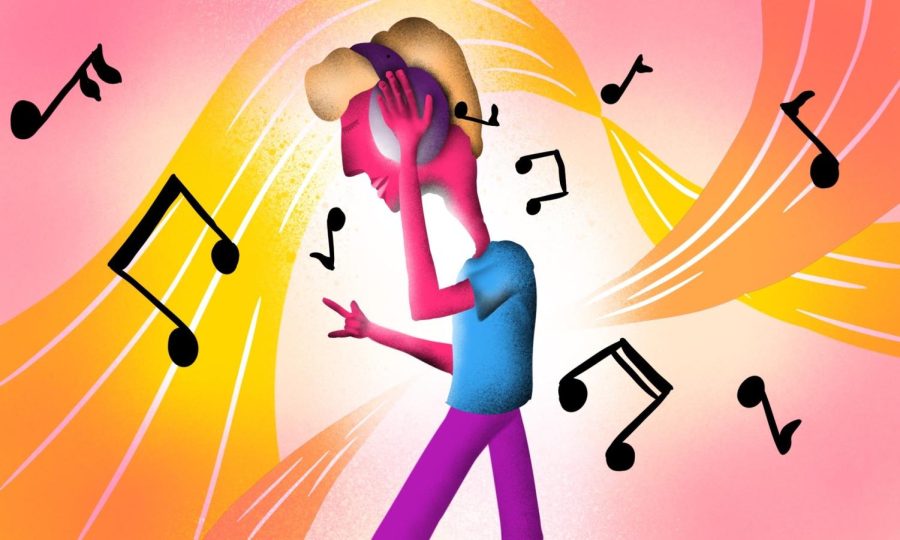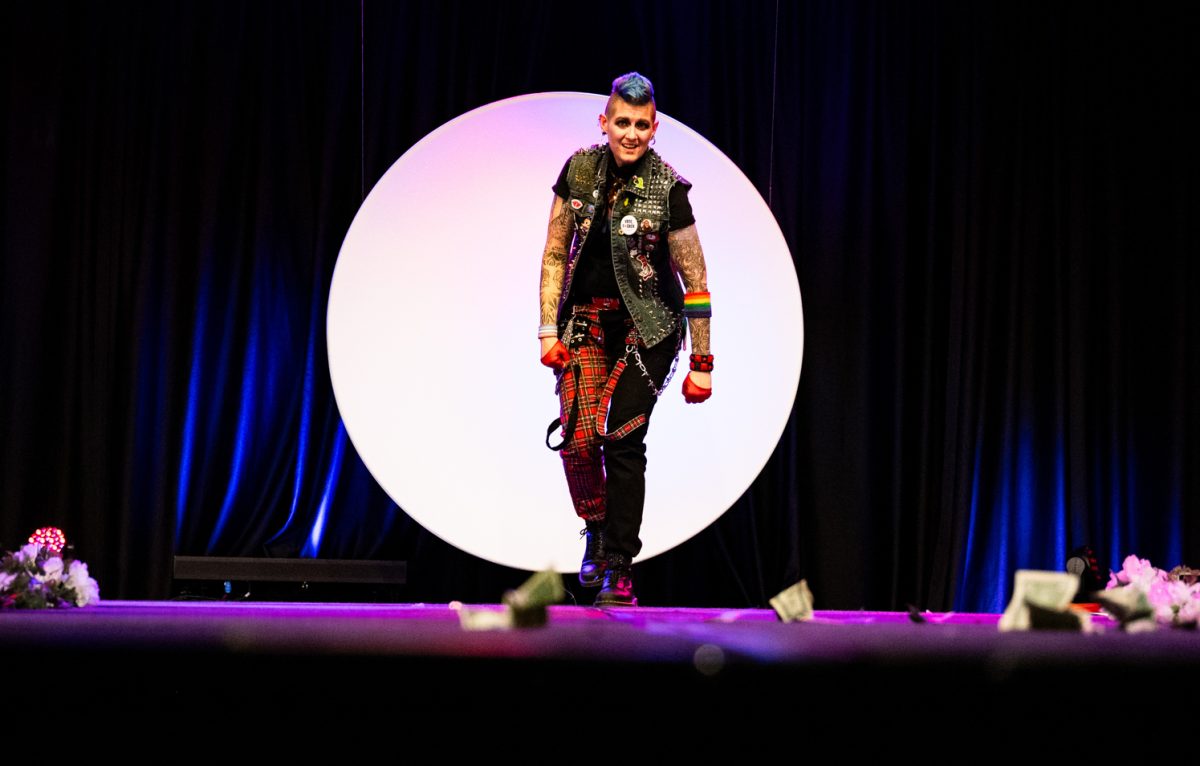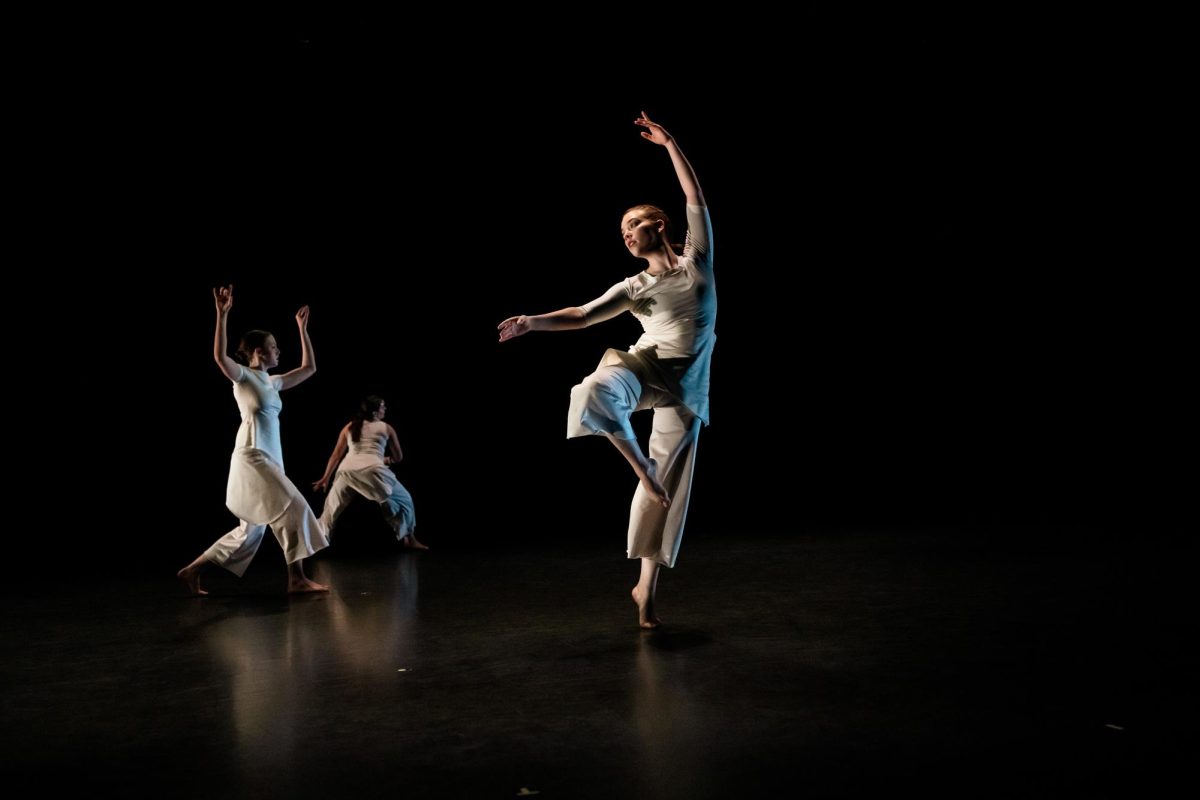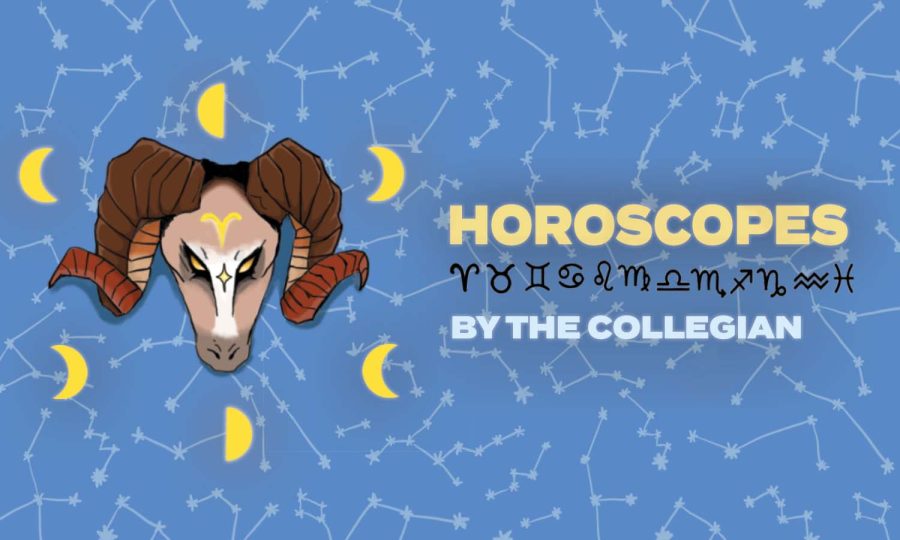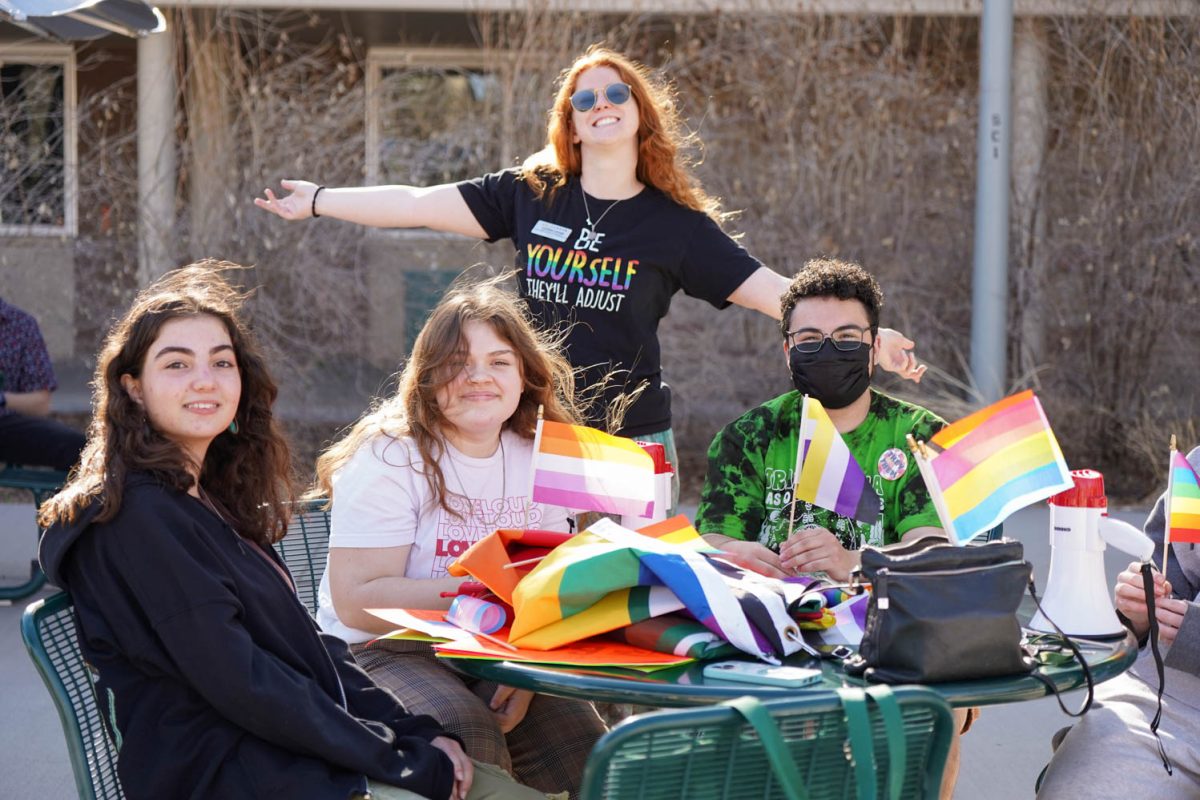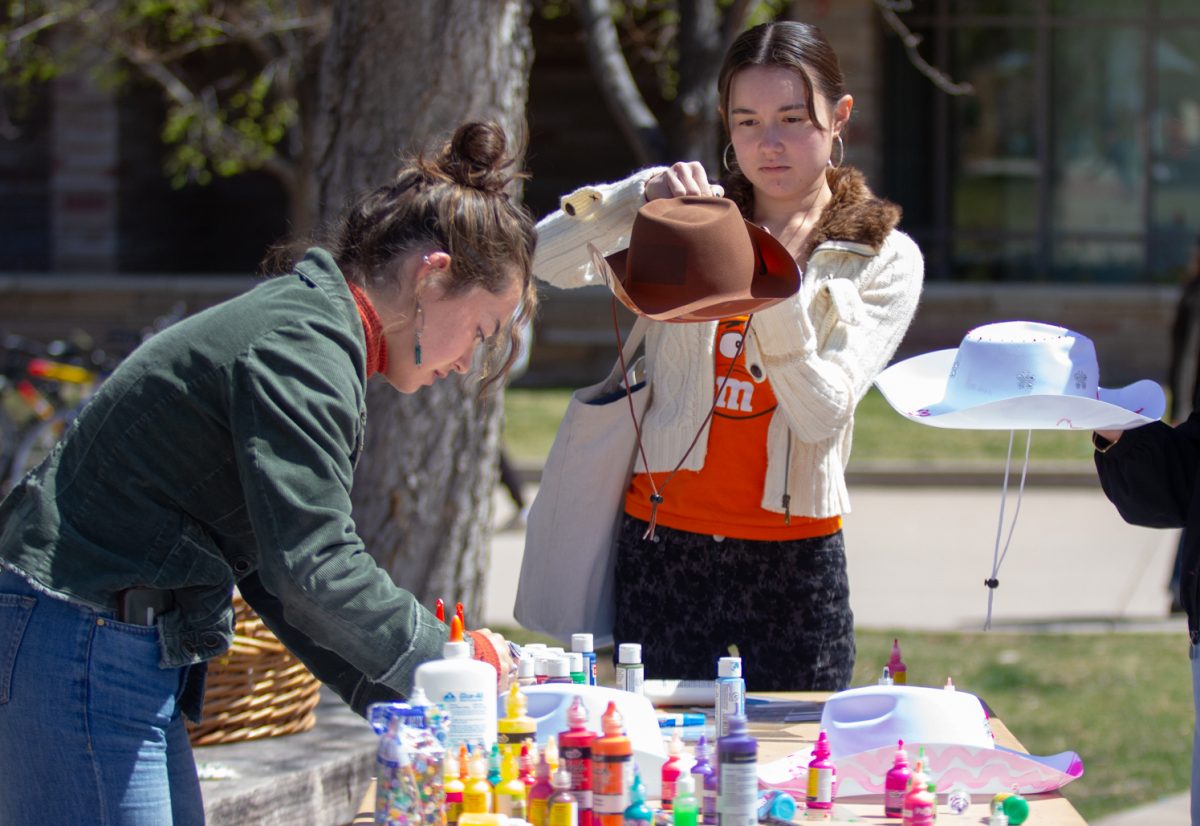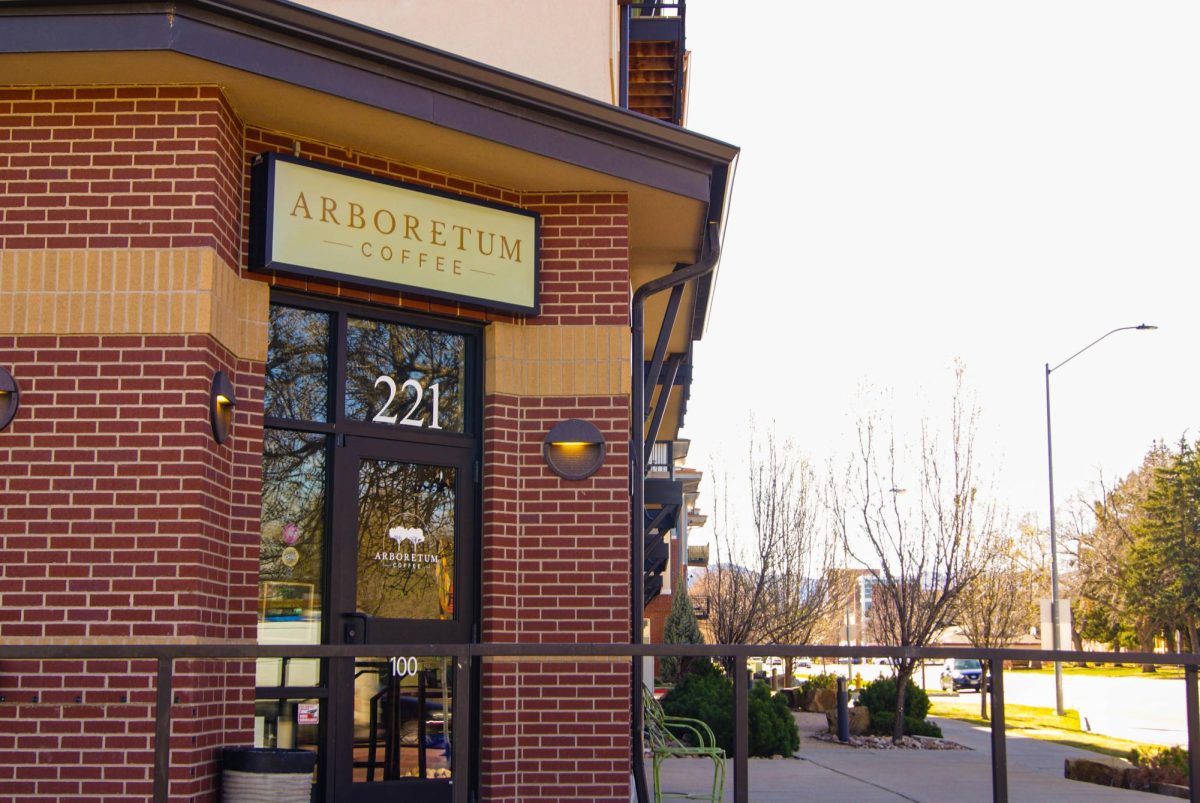Recently, a White House staffer publicly claimed that President Donald Trump likes women who work for him to “dress like women.” While the story itself did not gain too much ground in the headlines, its internet response did. This statement sparked controversy among many female-identifying individuals who felt it was an attack on the diversity and value of women. Others claimed that it made sense to maintain a White House dress code for everyone who works there to uphold a standard of professionalism. Female critics of this idea began using social media to showcase pictures of themselves with #dresslikeawoman. Female soldiers in uniforms, doctors in scrubs and ladies in religious attire showed that their everyday actions as women and their corresponding clothing makes them feel every bit as beautiful and empowered as any other stereotypical women’s wear does. So what does it mean to look like a woman in America?
There has been specific meaning given to dressing like a woman throughout American History. Dr. Carrie Pitzulo, an American History professor at Colorado State University weighs in. Pitzulo has been teaching at CSU for a year now and has her degree in American History with a focus in women, gender and sexuality. She feels that there has been an expansion rather than transformation of the perceived role of women in the United States. The core has not changed in terms of women being nurturers and primary caregivers of children, but extra layers have been added. Now, it is commonly accepted for women have full-time careers and provide for their household as well. These roles may continue to shift,“slowly but surely men are taking on greater domestic responsibility,” which was historically seen as women’s work, Pitzulo said.
Ad
Women’s roles as well as historical events have had great and direct impacts on the image of the American woman. Pitzulo cites early 20th century women suffragists. These women who protested and fought for women’s right to vote, often wore all white as a sign of purity and moral leadership in the movement. Many speculated that Hillary Clinton made clothing choices along her 2016 presidential campaign trail that aligned with this trend. For instance, she wore all white at both her nomination at the Democratic National Convention and at the inauguration of President Trump.
The 1920s brought that right to vote for women and with it a new-found sense of freedom. This liberation brought a new style to fashion. The image of the American woman was that of a “flapper.” Flappers appeared with shorter hemlines, straight-cut silhouettes and short hair. These changes were made to de-emphasize curves and the ideal hourglass shape of the Victorian era. Some women even bound their chests to achieve a more androgynous look.
By World War II the U.S. experienced fabric shortages as supplies were shipped overseas to aid war efforts. At this point, women’s silhouettes became more streamlined. The period after the war was a largely conservative time. This brought the “Christian Dior” look. Cinched waists were popular and reflected a very maternal woman that matched the view in that era.
The look today’s culture perceives as womanly is in many ways reflective of what it has always been. It is feminine, and usually includes makeup, long hair, larger breasts, hips and rear ends, Pitzulo said. Women’s bodies and body types have gone in and out of fashion. Today many visualize women in a hyper-sexualized, objectifying way. Pitzulo sees a different future for the image of the American woman however. She visualizes an “activist woman, not necessarily hyper-feminine, a woman of color, still comfortable in her womanhood and femininity” and in the best sense—politically conscious. She feels that there are aspects of society that are already celebrating that image.
CSU students have their own view on what it means to dress like a woman.
“My typical go-to is skinny jeans and a T-shirt,” said Caroline Cutchall, a third-year liberal arts major. “That is how I would dress like a woman because I identify very strongly as a woman. I couldn’t imagine wearing a dress every day, which I think is the more stereotypical ‘dress like a woman’ type of thing.”
“There’s no one definition of what dressing like a woman is,” said second-year social work major Cheyenne Hargrove. “For me it depends on my mood and how I want to present myself. It has a lot to do with how you’re feeling and what your personality is.”
“I believe that dressing like a woman means wearing what makes you feel confident and beautiful,” said Kat Rocha, a fourth-year agricultural business and soil and crop science major. “For me, that is usually my favorite pair of cowboy boots, nice jeans and a nice blouse. On occasion and when the situation calls for it, I bust out heals and a cute dress. I do not think you need to wear a dress to dress like a woman because as women we can rock all sorts of clothes.” She understands the basic premise that women working in the White House should be dressing professionally, as should men. Taken out of context, the original claim can be interpreted in different ways, Rocha said.
Dressing like a woman looks very different at various points in U.S. History and for different individuals. The claim that the president wants his female staffers to look a certain way led to a major campaign of positive and empowerment of women. Pitzulo concludes that the hashtag is an example of women and girls coopting what might have been an insult to fight back and take part.
Ad






